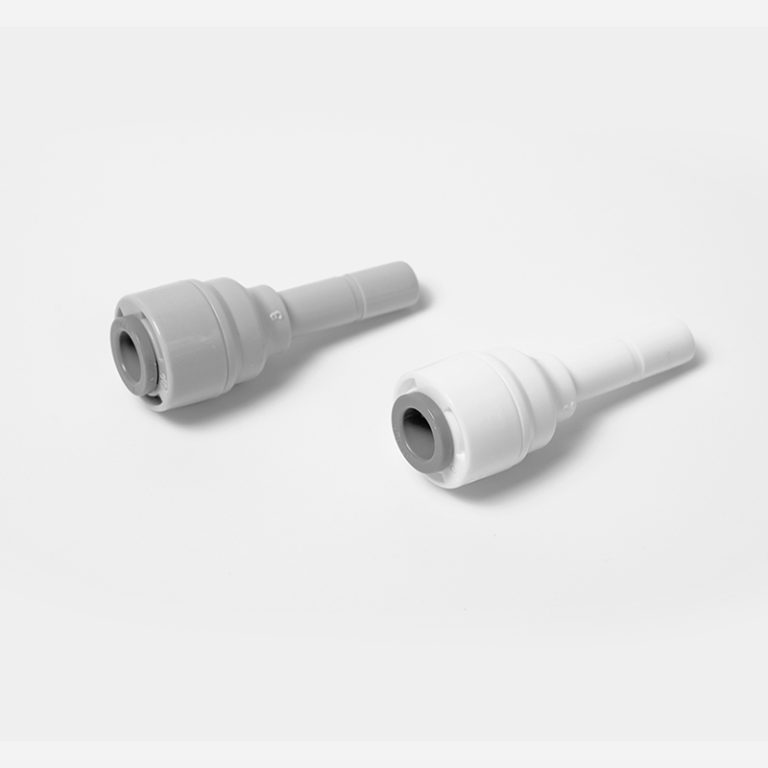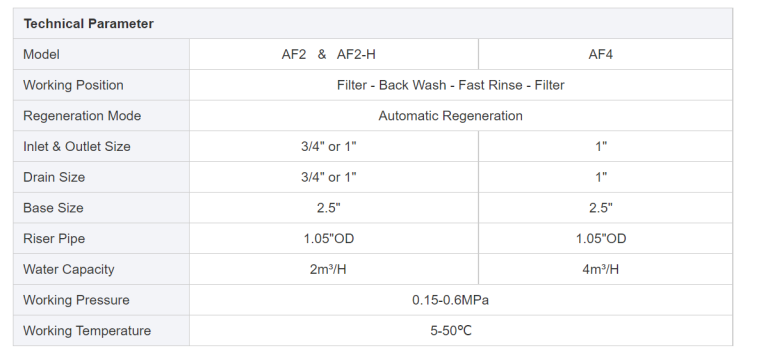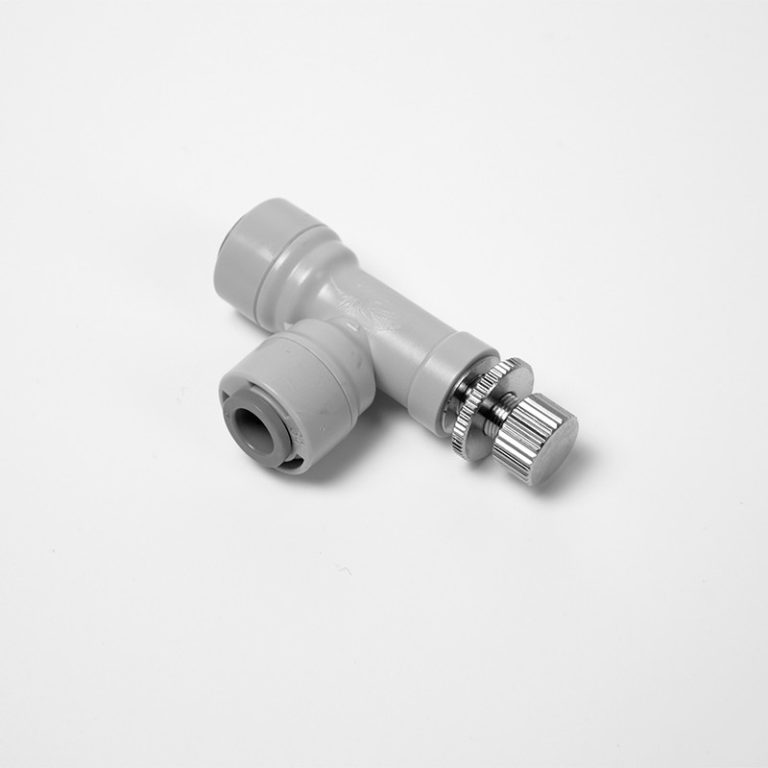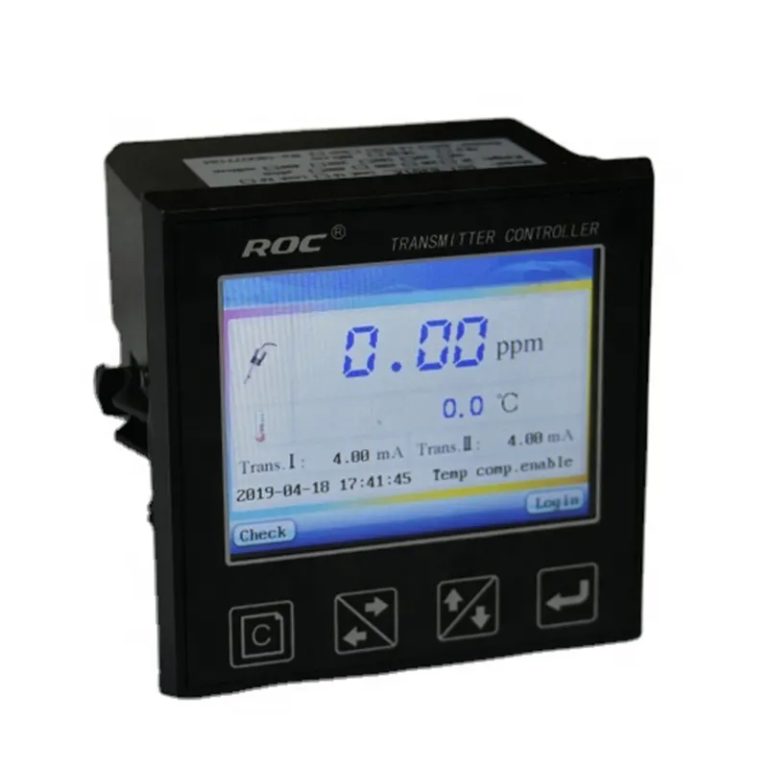“Calibrate with precision: determining the cell constant of your conductivity meter.”
Understanding the Importance of Cell Constant in Conductivity Measurement
Conductivity meters are widely used in various industries to measure the electrical conductivity of a solution. This measurement is crucial in determining the concentration of ions in a solution, which can provide valuable information about the quality and purity of the solution. One of the key parameters in conductivity measurement is the cell constant, which is a factor that relates the measured conductivity to the actual conductivity of the solution.
The cell constant is defined as the ratio of the distance between the electrodes to the area of the electrodes. It is a crucial parameter in conductivity measurement because it determines the sensitivity and accuracy of the measurement. A higher cell constant means that the conductivity meter will be more sensitive to changes in conductivity, while a lower cell constant means that the meter will be less sensitive.
There are several methods to determine the cell constant of a conductivity meter. One common method is to use a standard solution with a known conductivity and compare the measured conductivity with the actual conductivity. By adjusting the cell constant until the measured conductivity matches the actual conductivity, the cell constant can be determined.
Another method is to use a calibration curve, which is a plot of measured conductivity versus actual conductivity for a series of standard solutions with different conductivities. By fitting a line to the data points and determining the slope of the line, the cell constant can be calculated.
It is important to note that the cell constant can vary depending on the type of electrodes used in the conductivity meter. Different types of electrodes have different surface areas and distances between them, which can affect the cell constant. Therefore, it is essential to calibrate the cell constant whenever the electrodes are changed or replaced.

In addition to determining the cell constant, it is also important to consider the temperature of the solution when measuring conductivity. The conductivity of a solution is temperature-dependent, so it is crucial to account for this when making conductivity measurements. Most conductivity meters have built-in temperature compensation to correct for temperature effects, but it is still important to calibrate the meter with standard solutions at different temperatures to ensure accurate measurements.
In conclusion, the cell constant is a critical parameter in conductivity measurement that determines the sensitivity and accuracy of the measurement. There are several methods to determine the cell constant, including using standard solutions and calibration curves. It is essential to calibrate the cell constant whenever the electrodes are changed or replaced and to account for temperature effects when making conductivity measurements. By understanding the importance of the cell constant and following proper calibration procedures, accurate and reliable conductivity measurements can be obtained.







